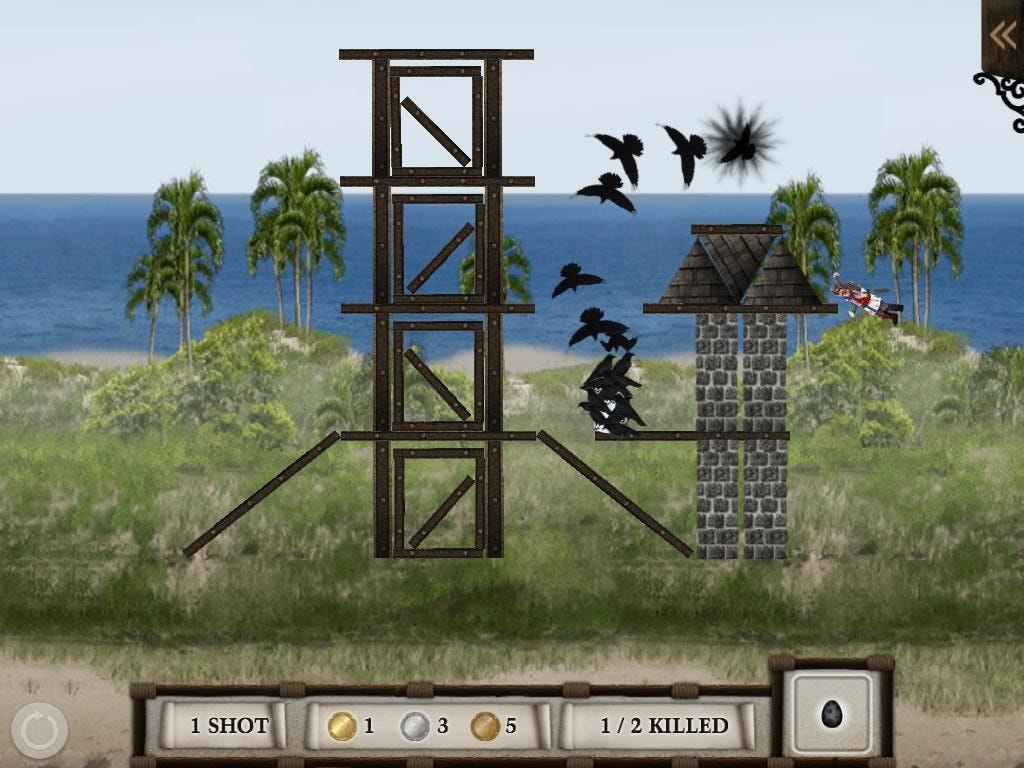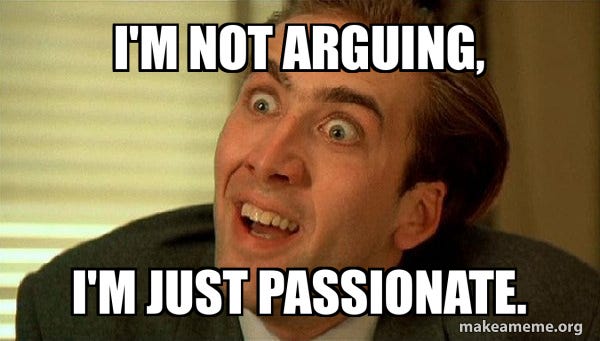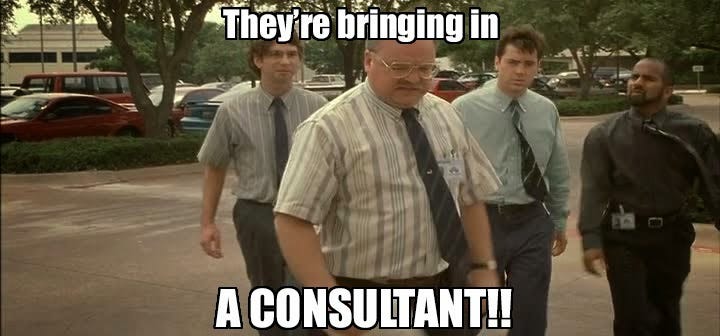The ultimate guide to execution
Why execution beats great ideas - and how to build a no-fail playbook for getting things done.
A California-based gaming company called “Armor Games” launched their innovative flash game called “Crush the castle” in April of 2009.
The heart of Crush the Castle was its novel - and surprisingly addictive - “slingshot” mechanic: you pulled back, released, and watched your projectile obliterate enemy fortifications. Each demolished structure earned you points and brought you one step closer to conquering the kingdom.
Yet, fifteen years on, most people have never heard of Crush the Castle. Mention Angry Birds, released just a year later, and it immediately rings a bell.
Rovio (the company behind Angry Birds) simply copied the concept. However, their breakthrough wasn’t the concept itself, but it’s execution: multiple bird types with unique abilities, a diverse roster of levels, buttery-smooth touch controls, and a free-to-play model supported by unobtrusive ads. Clever marketing sealed the deal.
By contrast, Crush the Castle remained a clunky Flash port plagued by glitches, repetitive gameplay, and a $0.99 download fee - eventually fading into obscurity.
There are many examples outside of gaming - take early Uber days, for instance. Under Kalanick, Uber was burning cash and dismissing local market needs—forcing card-only payments in cash-driven regions, overlooking regional regulations, and generally failing to adapt. As a result, rivals like Bolt, Grab, and Didi were able to seize markets in Eastern Europe, Africa, and Asia where Uber couldn’t execute effectively.
Jim McKelvey (one of the co-founders of Square) even wrote a whole book (Innovation stack) about how execution allowed them to win over Amazon over the same idea.
The main message behind all those cases is execution trumps ideas.
What many fail to realize is that ideas contribute to ~5% of success yet ~95% is on the side of execution. The same applies for corporate environments as well.
The goal behind this article is to challenge the notion of “novel ideas primacy”, explain what execution means and provide a practical playbook on how you can streamline execution in your company.
Today’s article
Corporate Execution. Why random ideas and consulting fails to adapt in a corporate environment.
🔒 Dimensions of Execution. Clarity, scope and time.
🔒 Execution Playbook. STL, key goals, project plans, action plans, process ownership and accountability.

🏢 Corporate execution
The price of ideas
We’ve all encountered the “seagull manager” - the colleague who swoops in with the latest bright idea and then vanishes.
Often, it’s a well-meaning senior manager: they believe that each spark of inspiration demonstrates empathy (if not passion) for the business.
After all, every idea is a valuable contribution, right?
But the team sees something very different: constant interruptions, shifting priorities, and distractions that derail focus.
Some even joke behind closed doors about the "seagull manager": they fly in, squawk, drop a list of demands, and fly away—leaving chaos in their wake.
Take the case of my senior ex-colleague who penned a ten‑page memo outlining features “we absolutely had to implement”. It sounded impressive - until it went nowhere.
Or consider the cross‑functional team that spent two months circling the same discussion, unable to reach consensus or move forward.
What unites both scenarios? Talk without action.
Every idea carries a price tag.
To bring it to life, someone must own it - typically a senior team lead - trade‑offs must be made, and resources must be allocated. If it’s time-sensitive, you’ll need a dedicated facilitator or process manager to navigate deadlines and dependencies. The better the quality of execution, the more senior personnel should own it e.t.c.
At the extreme end of execution sits Dyson. It’s a premium consumer-technology darling and an object of desire for many - yet few realize how intense the development process for a single device can get. To perfect the “bagless cyclone” vacuum, the Dyson team went through 5,000 iterations, rigorously prototyping, retooling, and re-patenting their technology. Now that’s execution grind.
Without these commitments, ideas remain just that—ideas.
Why consulting fails
Over the past decade, I’ve had a privilege to work with all the “Big-4” consulting companies - McKinsey (multiple times), BCG, Bain and Deloitte.
Many C‑level executives place blind faith in consultants, expecting them to step in and reinvigorate their business. But this rarely happens.
There are exceptions, of course: consultants can act as gatekeepers to unique expertise or networks (for example, Deloitte’s connections to some of the top mobility policymakers across the EU).
But more often, these engagements end the same way: a massive slide deck that no one ever follows up on. After all, a slide deck is just a compilation of ideas—ideas that still need an owner to drive execution.
The same applies to product management consulting. Even if you bring seasoned practitioners on board, you often get a surface‑level audit: insights are shared, but nobody takes responsibility for execution.
You might end up with a wealth of great ideas—but the question of who will execute them remains unanswered.
Remember: ideas contribute only ~5% to success; execution drives the other 95%.
… It’s just execution
When I joined Bolt, it was a scale-up with very few processes in place.
Our micromobility operations were completely minimalist: inventory was sometimes tracked in paper notebooks, and many vehicles were unavailable for rent for reasons we couldn’t clearly explain.
It took our team a long time to chip away at those inefficiencies and improve performance.
I looked around—at both my team and at the VPs and C-level executives—and there was no secret sauce. It was simply the daily grind of solving little fires while keeping our eyes on what really mattered.
If you invest a bit every single day, eventually it compounds into something that others might call “great.”
But behind it all is just execution.






